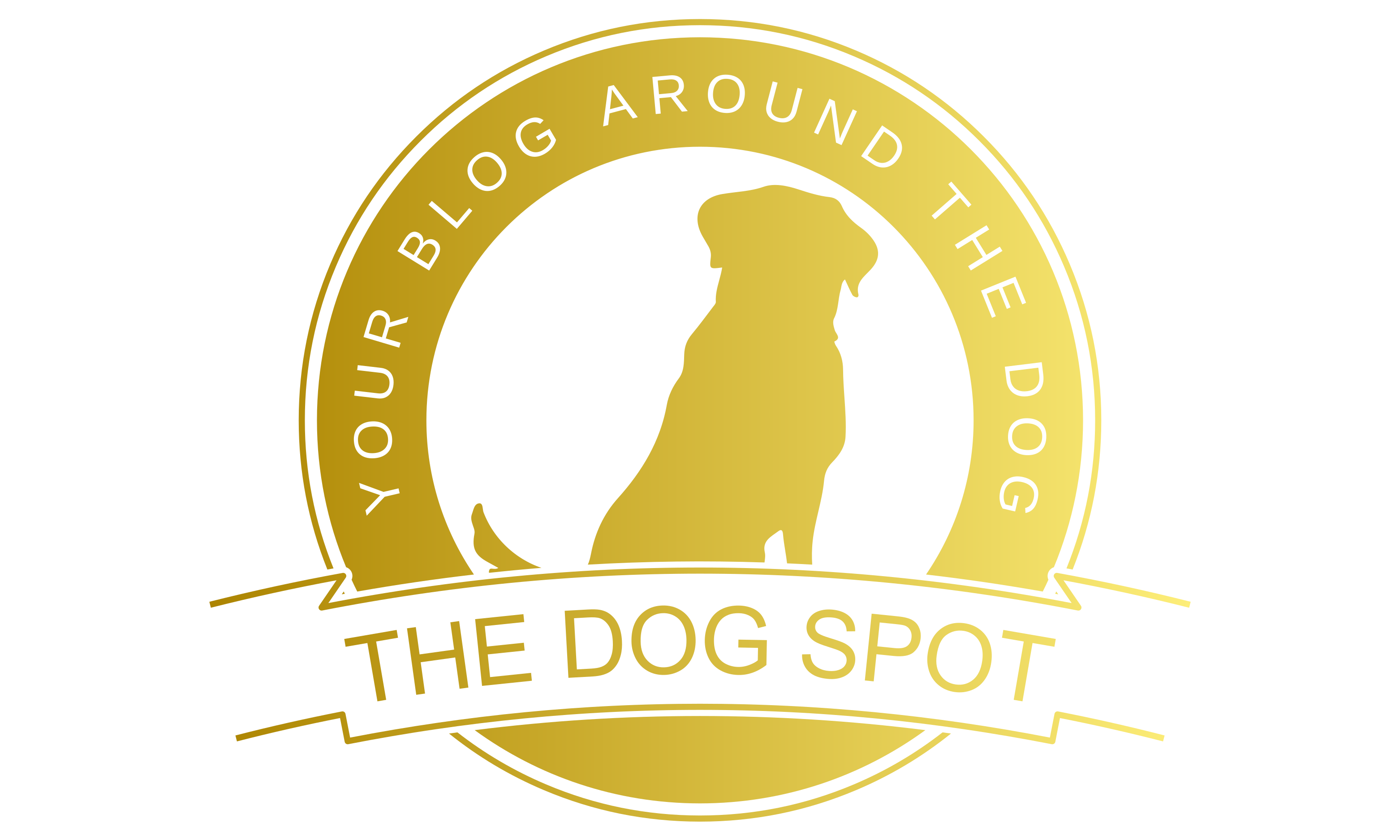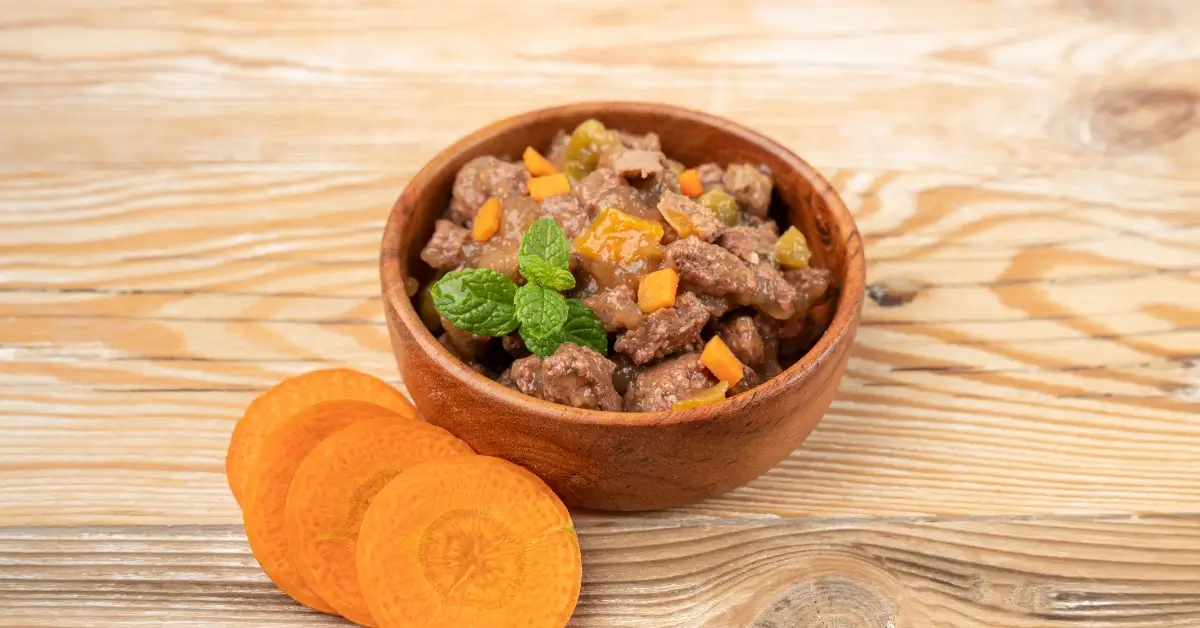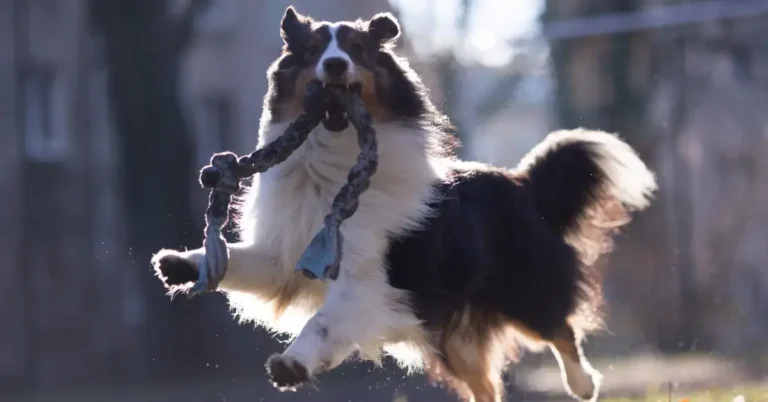Sure, you find yourself asking the same questions over and over, don’t you? Is this the right food? Is this the right amount? Is my furry friend still hungry? How Much Wet Food to Feed a Dog?
One thing we can tell you in advance is that you are not alone in these concerns. As dog owners, we want to ensure that our furry companions are well-nourished and healthy. One crucial factor regarding the nutrition of our four-legged friends is providing them with the right amount of wet food. In this article, we’d like to explore with you what the right quantity of wet food is.
Both overfeeding and underfeeding can have negative effects on your dog’s health. Overfeeding can lead to obesity and related health issues, while underfeeding can result in malnutrition and weight loss. It’s important to strike the right balance and determine the appropriate amount of food according to your dog’s individual needs. Wet food is an excellent option for dogs that require more hydration or have difficulty chewing.
The correct amount depends on various factors:
- Age
- Weight
- Activity level
- General health
We will delve deeper into each of these factors in the rest of the article. Stay attentive and stay tuned. By following our tips and suggestions, you can ensure that your fluffy friend receives the right amount of food to be happy, healthy, and content.
Pros
🐶 Provides a variety of recipes for homemade dog food and treats
🐶 Includes information on what foods are healthy for dogs and which ones should be avoided
🐶 Backed by veterinary expertise
Cons
🙀 Some recipes include ingredients that may be questionable or controversial among dog owners
🙀 Some recipes may include too much rice or other grains, which may not be suitable for all dogs
🙀 Not all recipes use fresh ingredients, some rely on flour or other processed foods
Understanding the Basics of Dog Nutrition
As dog owners, it is always our goal to ensure that our furry friends are healthy and happy. One of the most important aspects of dog care is providing proper nutrition. Before we can answer the actual question, “How Much Wet Food to Feed a Dog” we would like to discuss the basics of dog nutrition with you, including their nutrient needs, energy requirements, and factors that can affect their diet.
Nutritional Needs
Dogs require a balanced diet that includes proteins, carbohydrates, fats, vitamins, and minerals. The exact amount of each nutrient depends on various factors, including age, weight, breed, activity level, and health. For example, puppies need more protein and calories as they grow and develop, while older dogs may need a different diet due to age-related health issues.
Energy Needs
Dogs need a certain amount of energy to maintain their body weight and perform their daily activities. The energy required depends on their size, age, and activity level. Active dogs, like working dogs, may need more energy than sedentary ones. It’s crucial to provide your dog with the right amount of food to maintain a healthy weight and prevent obesity.
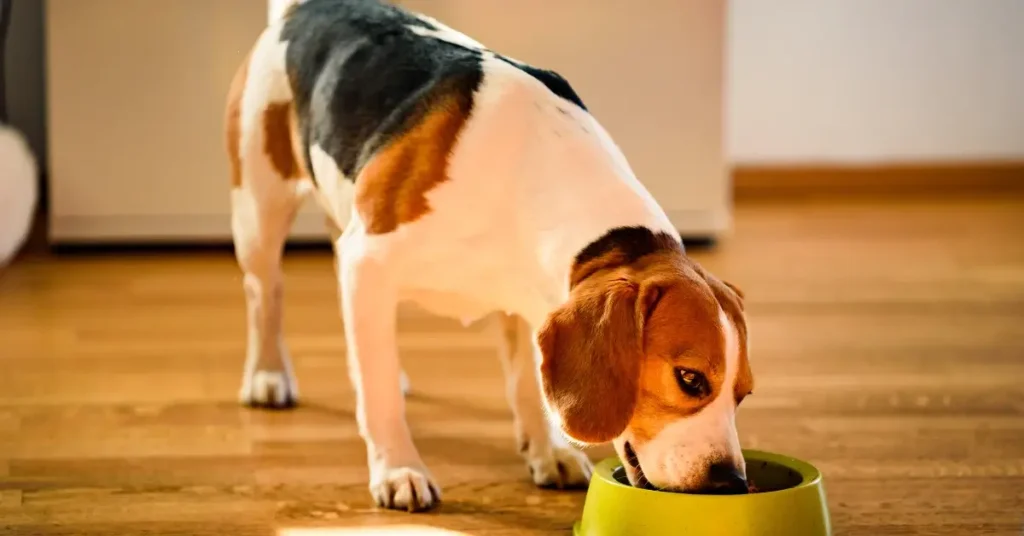
Factors Affecting Diet
Several factors can influence your dog’s diet. Health issues, such as allergies or digestive problems, may require a special diet. Some breeds may be more susceptible to certain health problems like obesity or joint issues, which might necessitate a specific diet. Additionally, the amount of food your dog needs can change with age or changes in activity.
How Much Wet Food to Feed a Dog
Now, let’s address the actual question. How much wet food should a dog eat? Feeding your dog wet food can be an excellent way to provide them with the required nutrients, but it’s essential to ensure you are giving them the right amount. In this section, we will discuss the feeding guidelines for puppies, adult dogs, and senior dogs.
Feeding Guide for Puppies
It’s evident that puppies have different nutritional needs than adult dogs. Ensuring they receive enough food to support their growth and development is crucial. Depending on their age and weight, they should consume about 5-8 percent of their body weight in food daily. This should be divided into two meals, one in the morning and another in the afternoon.
Feeding Guide for Adult Dogs
Adult dogs have different nutritional needs than puppies, and it’s essential to adjust their food intake accordingly. There isn’t a general rule, but most dog food manufacturers recommend feeding the average adult dog about 2.5-3 percent of their body weight in food daily. This should also be divided into two meals, one in the morning and another in the afternoon.
Feeding Guide for Senior Dogs
As dogs age, their nutritional needs change, and it’s crucial to adjust their food intake accordingly. According to Hepper, senior dogs may need less food than adult dogs, but this can vary depending on the individual dog’s health and activity level. It’s essential to consult with your veterinarian to determine the appropriate feeding guidelines for your senior dog.
Types of Dog Food
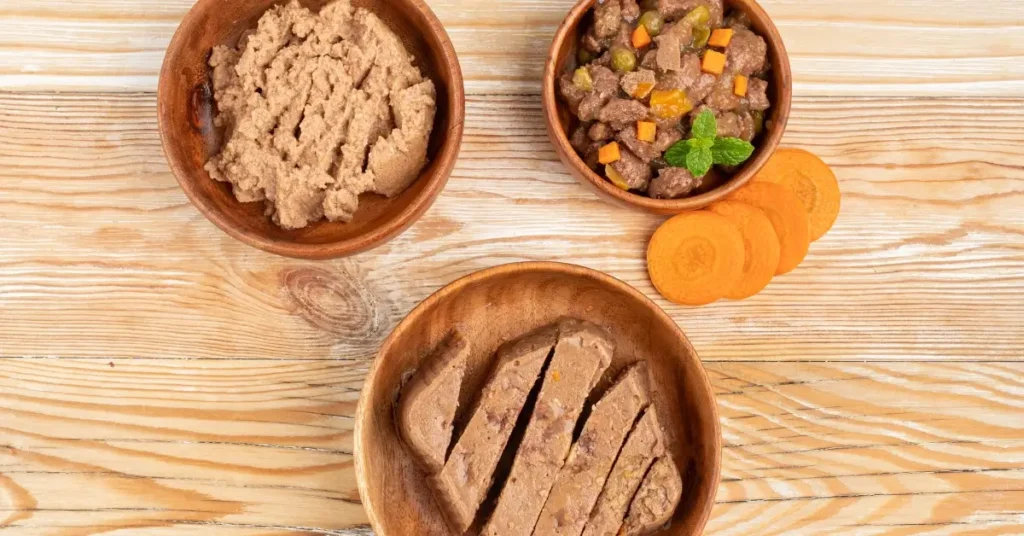
We have now answered the question of how much wet food a dog should eat. However, we would like to briefly discuss the benefits of wet and dry dog food.
Wet Dog Food
Wet dog food, also known as canned dog food, is a popular choice for many pet owners. It typically contains higher moisture levels than dry dog food, aiding in hydration and healthy digestion. Wet dog food is often more palatable due to its smell and texture, which can be helpful for picky eaters.
It’s important to be aware that wet dog food can be more expensive than dry food and has a shorter shelf life once opened. Additionally, it’s crucial to ensure you’re feeding the right amount, as overfeeding can occur due to its high moisture content.
Dry Dog Food
Dry dog food, also known as kibble, is a popular and convenient choice for many pet owners. It’s often more cost-effective than wet food and has a longer shelf life once opened. Dry food can contribute to good dental health because chewing on kibble helps clean a dog’s teeth and gums.
However, dry dog food is often less palatable than wet food, which can be an issue for picky eaters. It’s also essential to make sure dogs receive sufficient moisture in their diet, especially if they primarily eat dry food.
When selecting a dog food brand, it’s important to look for one that contains high-quality protein, carbohydrates, vitamins, and minerals. Choosing a brand formulated for your dog’s age, size, and activity level is also advisable.
Determining your Dog’s Dietary Needs
Feeding your dog the right amount of food is crucial for their overall health and well-being. The quantity of food your dog needs depends on various factors, including age, weight, breed, activity level, and health status. Let’s delve further into how to determine your dog’s dietary needs based on these factors. This will help you answer the question, “How Much Wet Food to Feed a Dog.”

By Age
Puppies have different dietary needs than adult dogs. They require more protein and calories to support their growth and development. As a general rule, puppies should be fed three to four times a day until they are six months old. Afterward, they can be fed twice a day. In contrast, senior dogs may require fewer calories and a diet lower in fat to maintain a healthy weight.
By Weight
The amount of food your dog needs also depends on their weight. As a general rule, dogs should be fed about 2.5 to 3 percent of their body weight in wet food per day. This amount can be split into two or more meals. However, it’s crucial to adjust the amount based on your dog’s individual needs. Overfeeding can lead to obesity and other health issues.
By Activity Level
Dogs that are more active require more calories and protein to support their energy needs. If your dog is highly active, you may need to feed them more food to meet their energy requirements. Conversely, if your dog is less active, they may need fewer calories to maintain a healthy weight.
By Health Status
If your dog has specific health conditions, such as diabetes or kidney disease, their dietary needs may differ. In these cases, it’s essential to consult with your veterinarian to determine the best diet for your dog.
By Breed Certain breeds may have distinct dietary needs. For instance, small breeds may require more calories per pound of body weight than larger breeds. Additionally, some breeds may be more prone to specific health conditions, which can affect their dietary requirements.
By Breed
Certain dog breeds may have different nutritional needs than others. For example, small breeds may require more calories per pound of body weight than larger breeds. Additionally, some breeds may be more prone to certain health problems that can affect their dietary needs.
Is your dog pregnant? If so, you should definitely check out our article on the best food for pregnant dogs.
Feeding Tips and Tricks
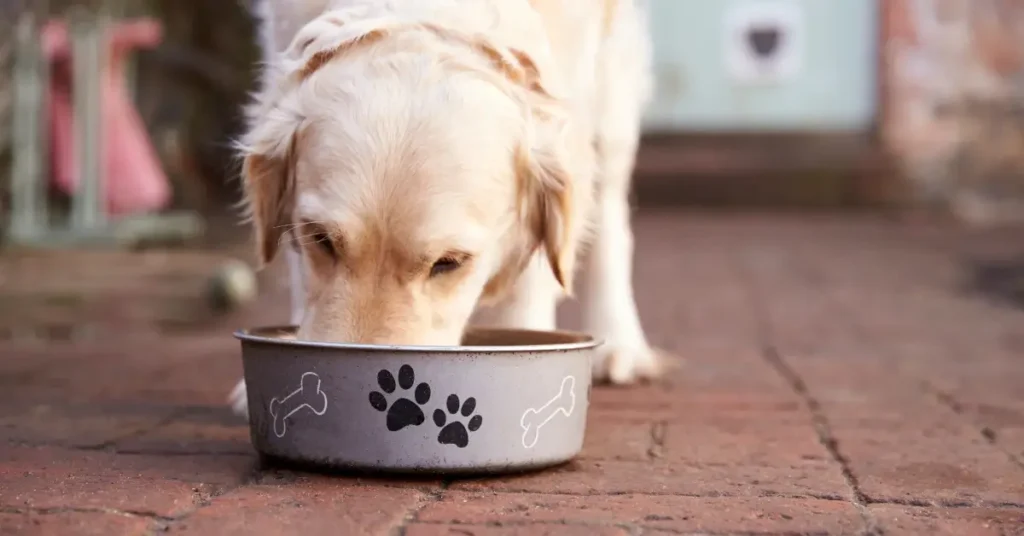
The question “How Much Wet Food to Feed a Dog” has now been answered. However, it’s important that your dog actually eats this amount. Feeding our furry friends can be a challenge, especially if they are picky eaters. Here are some tips and tricks that have helped us when feeding our dogs wet food.
- Mix wet and dry food: Mixing wet and dry food is a great way to add some variety to your dog’s diet. Plus, it can make the food more palatable and easier to eat, especially for older dogs or those with dental issues.
- Use wet food as a treat: Wet food can also be used as a special treat for your dog. You can use it as a reward during training sessions or as a special treat for good behavior. Just be sure to adjust your dog’s overall diet accordingly to avoid overfeeding.
- Pay attention to feeding guidelines: It’s important to follow the feeding guidelines provided by the dog food manufacturer. This will help ensure that your dog is getting the right amount of nutrients and calories for their size and activity level.
- Serve the food at room temperature: Most dogs prefer their food to be served at room temperature, so be sure to let the wet food sit out for a few minutes before serving.
- Consider adding some water: Adding a bit of water to the wet food can help make it more appealing to your dog, especially if they are not big fans of the texture. Just be sure not to add too much water, as this can dilute the nutrients in the food.
- Experiment with different flavors: Just like humans, dogs have their own preferences when it comes to food. If your dog seems to be getting bored with their current flavor, try experimenting with different options to see what they like best.
Our Opinion about How Much Wet Food to Feed a Dog
As dog owners, we understand the importance of providing our furry friends with a balanced and nutritious diet. When it comes to wet food, there are a few things to consider.
First and foremost, it’s crucial to determine the appropriate amount of wet food to feed your dog. You can calculate this based on our considerations. If you have any uncertainties, feel free to reach out to us or consult with your veterinarian. The food should be divided into two meals and served to your dog – one in the morning and another in the afternoon. However, it’s essential to note that this is a general guideline, and the required amount of food for your dog may vary based on factors such as age, activity level, and health condition.
We would like to reiterate that the quality of the wet food you provide your dog is another critical point. Selecting a high-quality wet food that contains all the necessary nutrients your dog needs to stay healthy is of utmost importance. Look for wet food that includes high-quality protein sources such as chicken or beef, as well as healthy fats and carbohydrates.
Additionally, it’s essential to pay attention to your dog’s individual needs and preferences. Some dogs may prefer wet food over dry food, while others may have specific dietary requirements that need to be taken into account. It’s always a good idea to consult with your veterinarian to determine the best diet for your furry friend.
Overall, we believe that wet food can be a fantastic addition to your dog’s diet, as long as it’s fed in moderation and as part of a balanced diet. By choosing a high-quality wet food and considering your dog’s individual needs, you can ensure that your furry friend is receiving all the necessary nutrients to stay healthy and happy.
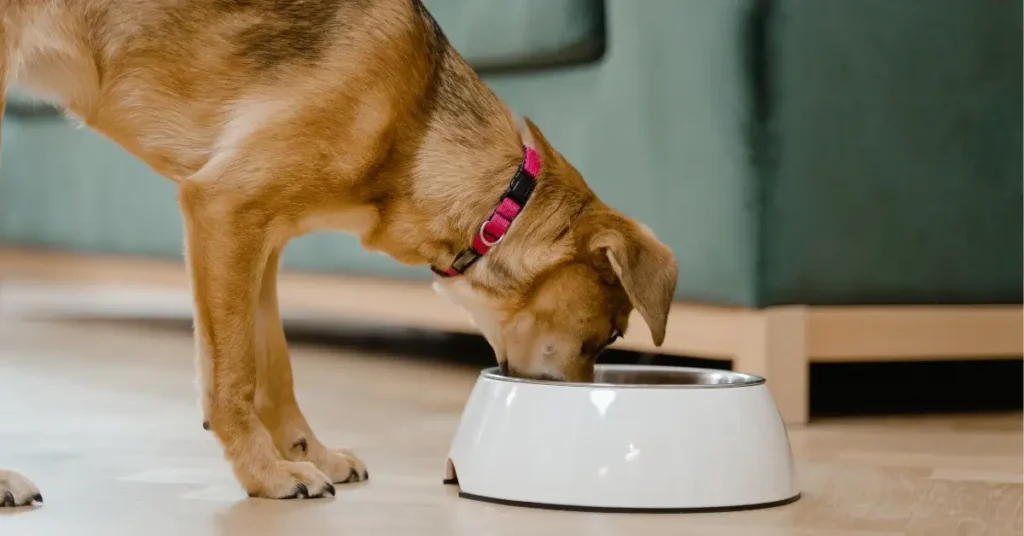
FAQ
How much wet food should I feed my dog per kg?
There isn’t a general rule, but most dog food manufacturers recommend feeding the average adult dog about 2.5-3 percent of their body weight in food daily. However, it is important to adjust the amount based on your dog’s age, activity level, and overall health. Always consult with your veterinarian to determine the best feeding plan for your dog.
Is it OK to give a dog wet food everyday?
Yes, it is perfectly fine to give your dog wet food every day. In fact, many dogs do well on a wet food diet because it is easier to digest and can help keep them hydrated. However, it is important to choose a high-quality wet food that meets your dog’s nutritional needs.
Do you feed your dog the same amount of wet food as dry food?
No, you should not feed your dog the same amount of wet food as dry food. Wet food contains more water than dry food, so it is less calorie-dense. As a general rule, you should feed your dog less wet food than dry food to ensure they are getting the proper amount of nutrients without overeating.
What are the disadvantages of wet dog food?
While wet dog food can be a great option for many dogs, there are some potential disadvantages to consider. Wet food can be more expensive than dry food, and it may spoil more quickly once opened. Additionally, wet food can contribute to dental problems if not supplemented with dry food or dental chews.
Does wet food keep dogs full longer?
Yes, wet food can help keep dogs full longer because it takes longer to digest than dry food. This can be especially beneficial for dogs that are prone to overeating or that need to lose weight. However, it is important to monitor your dog’s weight and adjust their feeding plan accordingly to prevent obesity.
This was our article on the topic: How Much Wet Food to Feed a Dog. Please let us know in the comments if you found the article helpful or if you have any other essential additions for us. We’re eager to hear from you.
